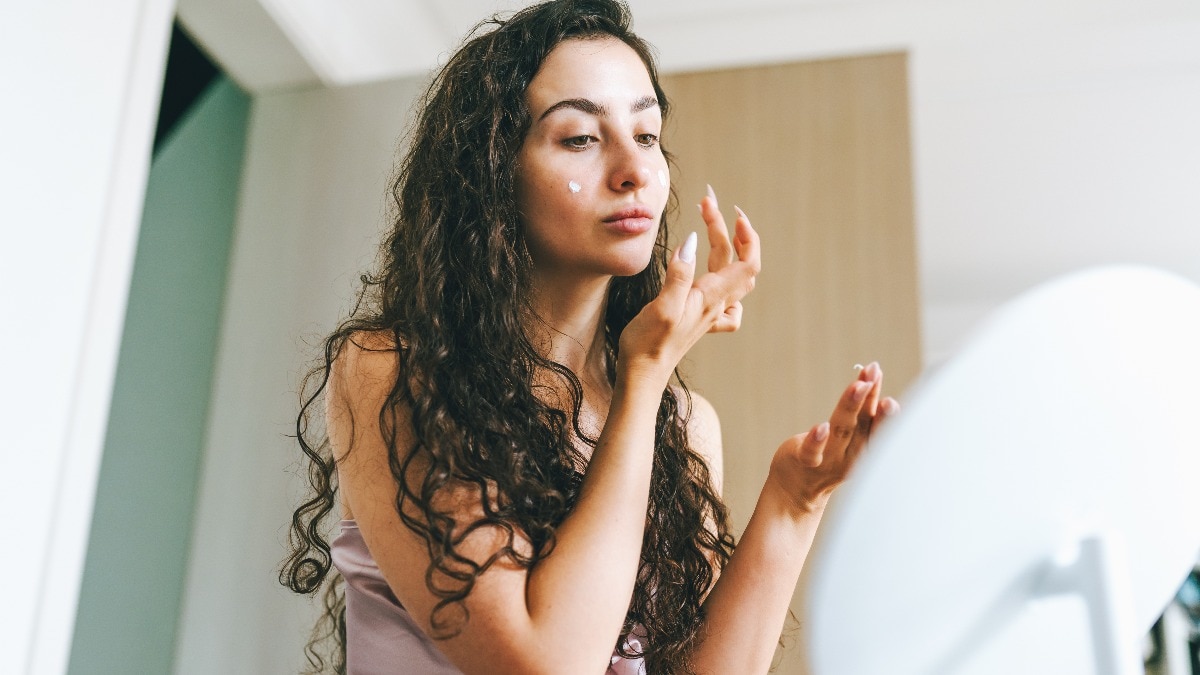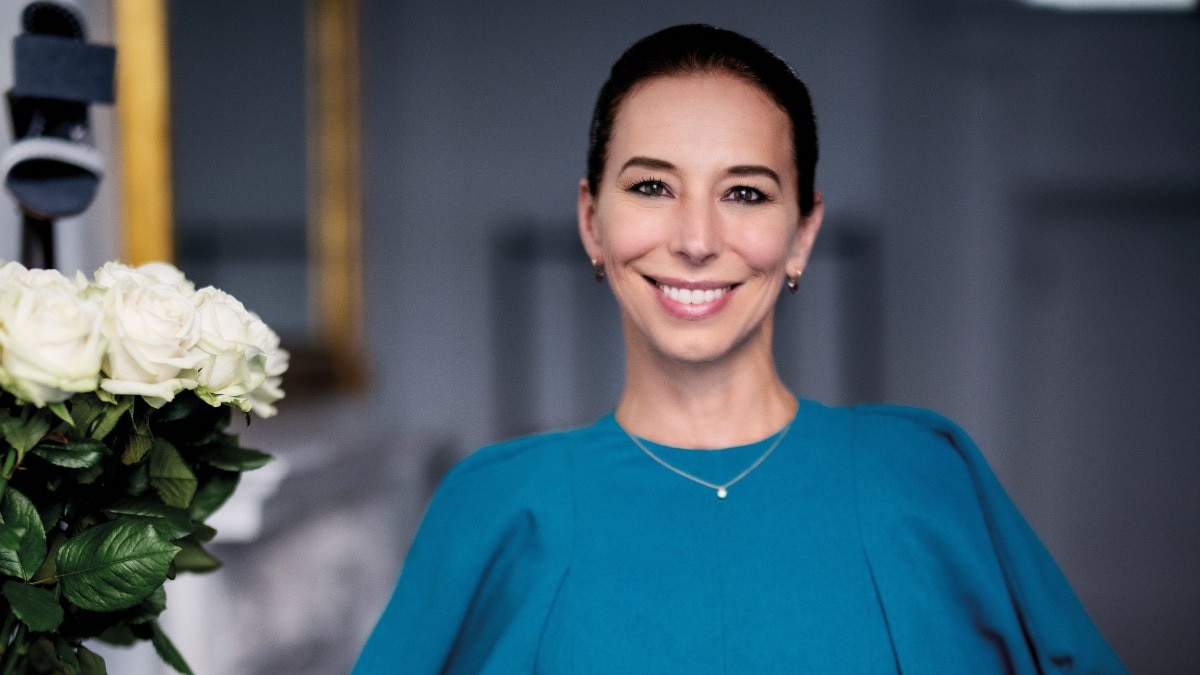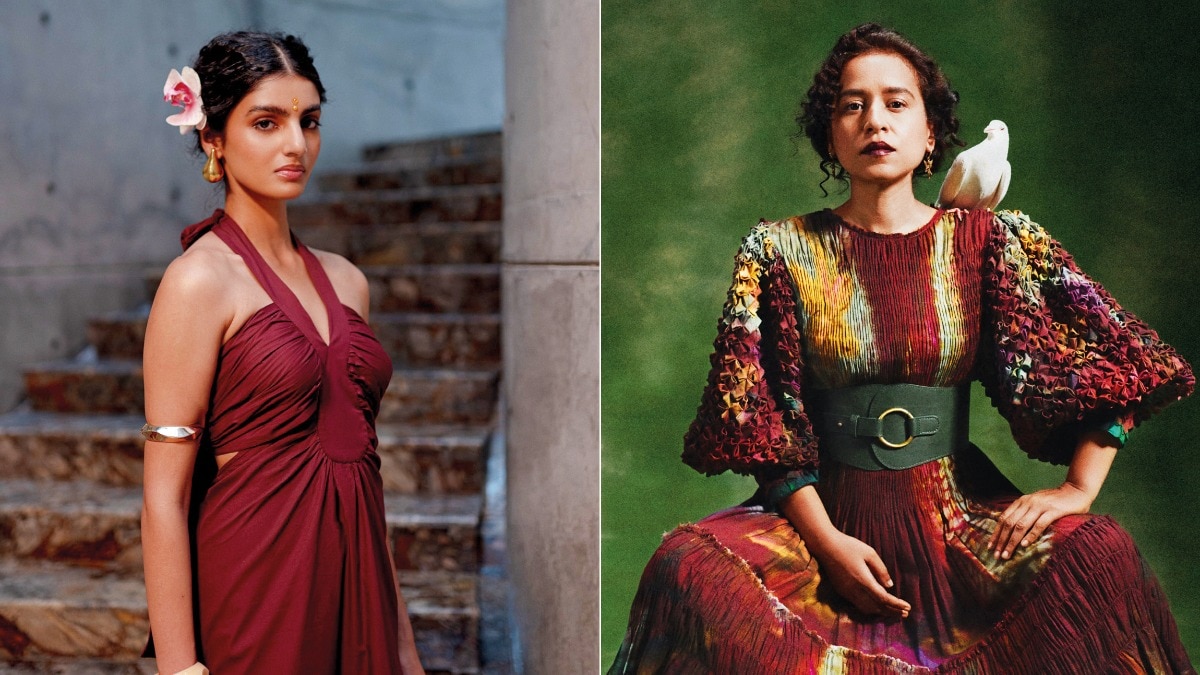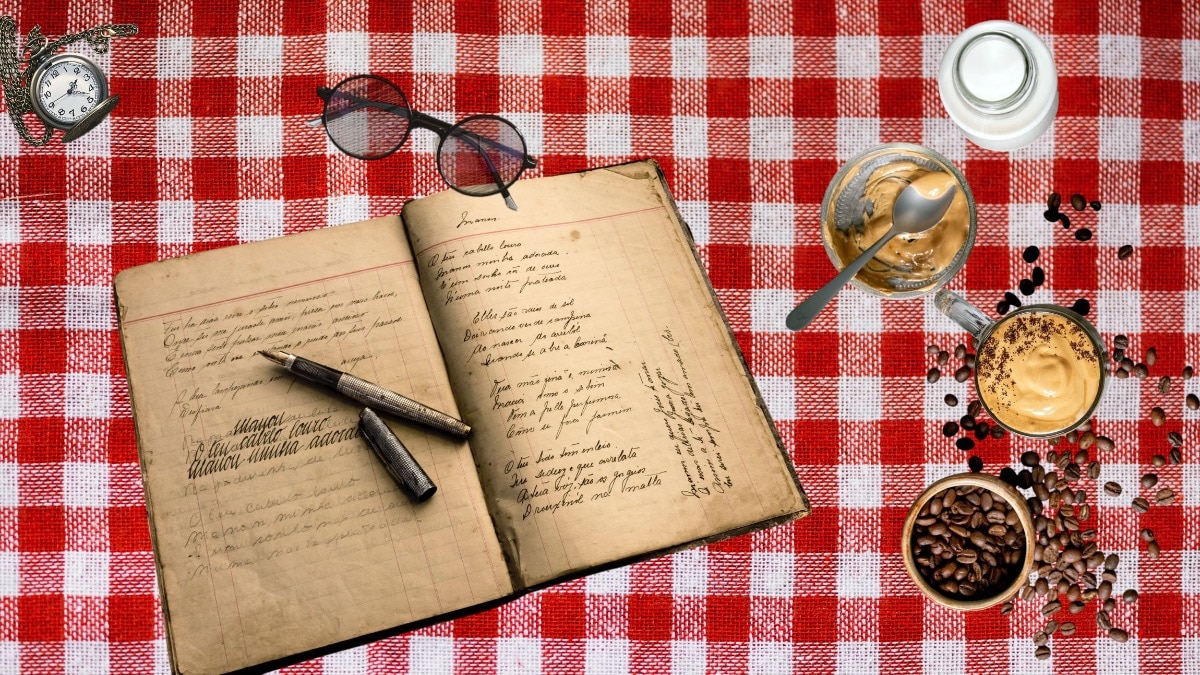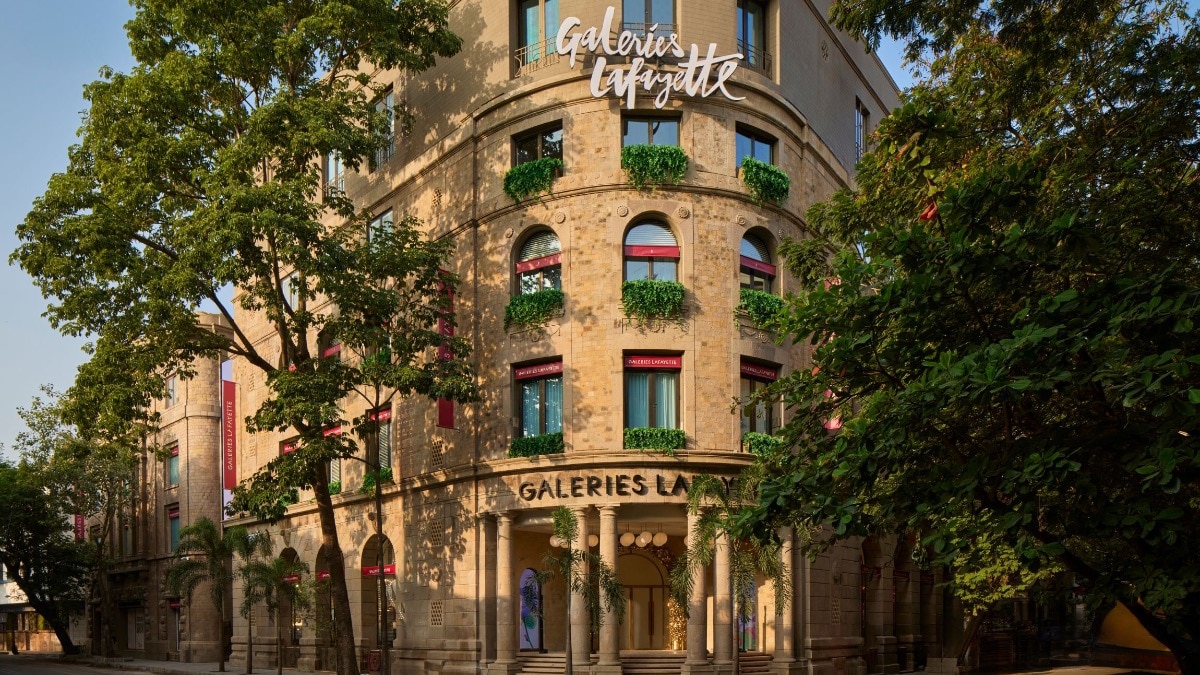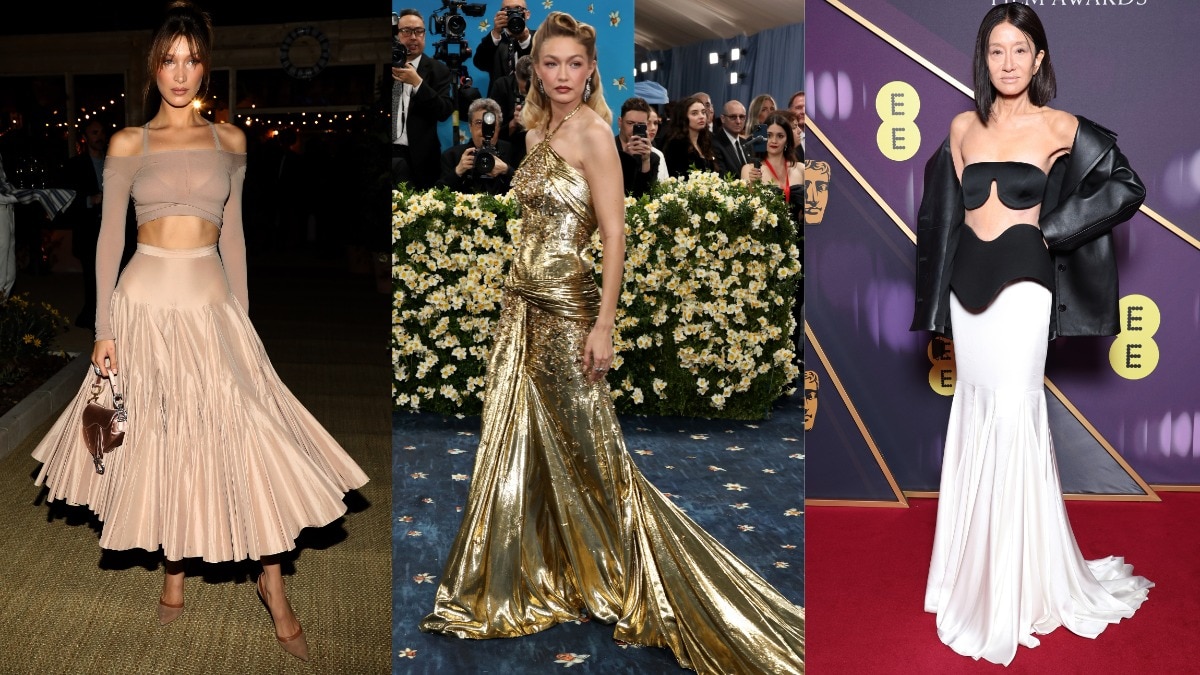
Tracing the history of how cultural roots shape global beauty trends
Explore how trends borrow from diverse cultures, and how they shape our perceptions of beauty today.

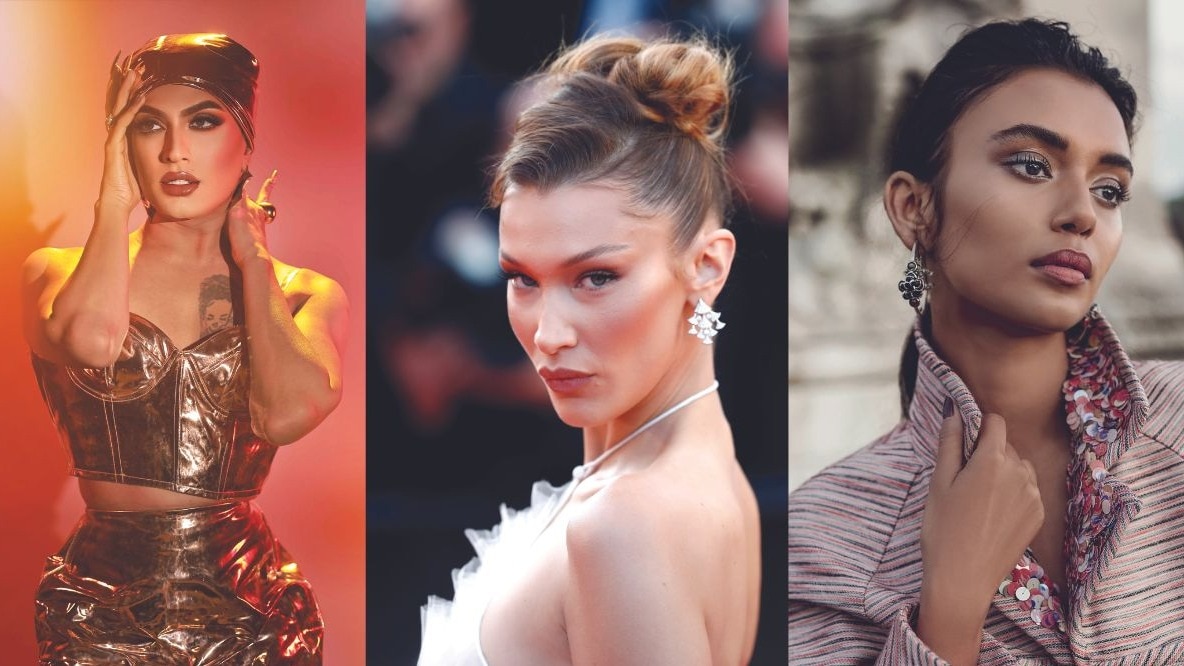
I was eight when, for the first time, I was asked if I had emigrated from China. She was my best friend, and we knew nothing about what we were saying. But the idea that thin, almond-shaped eyes were an apparent feature among Asians was somehow ingrained in our heads even at that naive age. The assumption continued to follow me through my teen years, associating my features with my identity, causing me to try all kinds of kohl sticks in an effort to achieve a doe-eyed look that let me blend.

Around 2019, Bella Hadid popularised this very look among a largely White audience, with people across the world eventually pulling their lined and contoured eyes upwards to showcase ‘foxy eyes’ as sharp as a steely knife. Its origins could have been borrowed from the techniques make-up artist Cecil Holland once employed, or inspired by natural Asian beauty—who’s to say?
Trends have been many, as are beauty practices we are yet to discover, but so much of what we see and do is borrowed from across people and cultures. “Everyone wants to believe they invented something, but that’s not always the case. It’s just that with the accessibility social media offers, we are able to discover practices and disseminate them to the world,” says celebrity make-up artist Arti Nayar. It’s easy to popularise something if you’re a likeable personality on a public platform. Isn’t that sense of love and familiarity the reason why our perceptions of beauty are so deeply borrowed from the people we love too? Take for instance, the self-care practices that have existed in silos for years and handed down generations within communities—contrary to cosmetic hacks that were often picked up for global red carpet looks. From Indians using neem for blood purification, to people of colour lathering up Vaseline to seal in skin moisture, such self-care traditions have been rooted in a need, and taught to us by our mothers or revealed by our friends. Now, the internet is facilitating a crossway between what we have and what we want: make-up brands are creating hyperlocal product lines to make globalised cosmetic beauty inclusive, while selfcare brands are taking local traditions to the world.

In creating haircare brand Fable & Mane, for instance, sibling co-founders Akash and Nikita Mehta took the centuries-old tradition of Ayurveda to the world, handed to them from their grandmother. “But modern day routines are different, and it’s not always possible to practise the same traditions, and that’s okay. Which is why we openly communicate that our products are our interpretation of Ayurveda, without compromising the roots,” says Akash. Nikita loves such globalisation of beauty as it supports trial and error. “I love lymphatic drainage as it works so well for me, but I would never have known it originated from Brazil, if it wasn’t for social media. But it only goes wrong when people use the wrong terminology or pronunciation for things that are rooted in a specific tradition, or do not credit its cultural context,” she says. The remark instantly takes me back to 2022, when ‘hair slugging’ was popularising my mom’s morning champi in the West like it was some exotic secret.
The sibling duo not only took inspiration from their heritage, but also their peers and global brands—from Tatcha for its cultural relevance, to Sol de Janeiro for Brazilian beauty. “Acknowledging what others are doing inspires the belief that you can do it too, and sometimes you need that,” says Nikita. Arti agrees, “The way Kevyn Aucoin did make-up is inspiring artists to do makeup today, and that’s beautiful because someone finding inspiration in his work now has a platform to share it with the world. Borrowing is not copying, but taking inspiration from the universal truth of beauty, and adding your own taste to it while acknowledging where it came from.”

This is probably why natural beauty deserves more credit than it gets. Because I doubt anyone was flaunting their natural dark circles even after YouTuber Sara Carsten embraced hers by heavily contouring and colouring her under eyes in 2022. Similarly, while it’s easy to achieve glass skin through products anywhere around the world, one cannot discount the fact that Koreans have naturally clear skin, and that’s what inspires us. “It’s not just a testament to their genetics, but also their lifestyle of clean eating and living,” Arti says. While easy access is democratising beauty to some extent, a lack of context can often make it unattainable, which is why we need to know how to emulate it and become more true to who we are.

Actor-singer Sushant Divgikr, aka Rani KoHEnur, is a case in point. “We borrow so much, be it from pop culture references or the style files of our favourite film stars—I’ve always said that I’m inspired by Rekha, Helen, and Zeenat Aman. The important thing remains that through the journey, you give credit where it’s due,” he says, talking about his experience of finding inspiration until he became a mainstream star, further inspiring countless others. Beauty trends—from thick brows to European brows to various shades of skin—keep changing. As per Arti, “They’re for everyone to try, but may not work for all. You need to know what works for you and pick it out of the pool rather than following it because it’s cool.” Which is why I think it might just be okay that I’m winging my eyeliner now, only as long as it’s in the spirit of embracing and elevating my own features rather than mimicking a trend that’s popular.
Feature Image Credits (From left to right): Amit Khanna, Getty Images, Andrea Varani
This article originally appeared in Harper's Bazaar India, April-May, 2024 print issue.
Also Read: Six fabulous women about overturning the shelf life of beauty
Also Read: Beauty rituals are undergoing a metamorphosis for the younger generations


